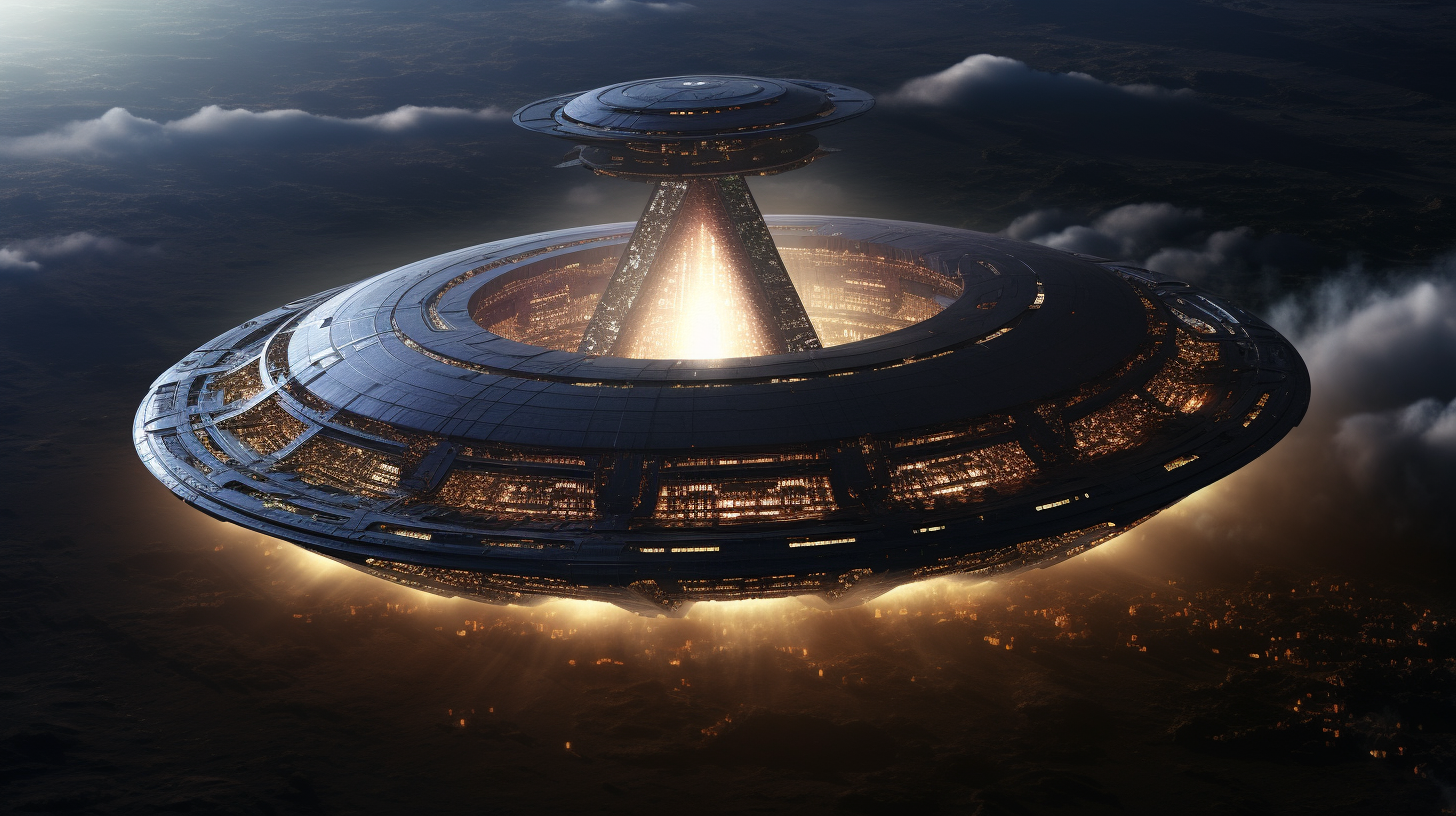In the heart of New York City, a remarkable event unfolded. Magician David Blaine undertook a daring performance, standing amidst a million volts of electrical current, protected only by a suit of armor. This spectacle raises a profound question: is what we perceive as magic actually a manifestation of a deeper, hidden reality? This question isn’t new; throughout history, individuals like Blaine have pushed the boundaries of human capability, prompting us to wonder about the true extent of our potential.
Take, for instance, the 7th-century Japanese mystic En no Gyoja. Banished for his so-called magical powers, En no Gyoja was the founder of Shugendo, a practice of intense physical and spiritual discipline believed to unlock supernatural abilities. Unlike European concepts of magic, Shugendo emphasized self-cultivation and extreme endurance.
En no Gyoja’s life was filled with tales of magical feats, such as controlling spirits and surviving multiple execution attempts. These stories, emblematic of human curiosity and aspiration, point to a perennial fascination with transcending our perceived limitations.

This fascination isn’t limited to isolated historical figures. Across cultures and eras, there have been consistent narratives of individuals accessing extraordinary abilities, possibly influenced by extraterrestrial knowledge. This raises the tantalizing possibility that such powers are embedded within our DNA, a legacy of ancient, advanced beings.
Consider the Watchers, as described in the Book of Enoch. These celestial beings descended on Mount Hermon, imparting forbidden knowledge to humanity. This narrative parallels stories across various cultures, where divine or semi-divine beings bring advanced knowledge to humans, often at great personal cost. The Watchers, for example, were reputed to have taught humans everything from magic and medicine to metallurgy and science.
The figure of Shemyaza, a leader among the Watchers, presents an intriguing case. Portrayed in some narratives as a benefactor of humanity, he challenges conventional interpretations of figures like Satan. Was Shemyaza an extraterrestrial being who aided human civilization? Such questions invite us to reconsider historical narratives and the origins of our societal structures.
Further exploration takes us to the Kingdom of Kongo, where in the 15th century, European explorers and missionaries encountered a complex religious landscape. The Kongolese belief in multiple souls — a concept shared with ancient Egyptians — and practices like raising the dead suggest a profound understanding of the human spirit. These practices, which may have origins in teachings from celestial beings, hint at a deep-rooted connection between earthly and extraterrestrial wisdom.
African myths, for instance, speak of Orishas, divine messengers who descended from the sky. These beings, often depicted in ancient art as possessing elongated skulls and riding in strange crafts, are said to have imparted crucial knowledge to humans. Could these depictions be early representations of extraterrestrial visitors?
As we delve into these ancient mysteries, we encounter a recurring theme: the belief that our ancestors were guided by advanced beings, possibly from other worlds. This perspective offers a fascinating lens through which to view historical accounts of magic, mysticism, and extraordinary human achievements. It challenges us to think beyond our current understanding and consider the possibility that the roots of our civilization are far more mysterious and profound than we have traditionally believed.

26 thoughts on “Decoding the Mysteries of Ancient Wisdom: A Journey Through History’s Magical Secrets”
Comments are closed.